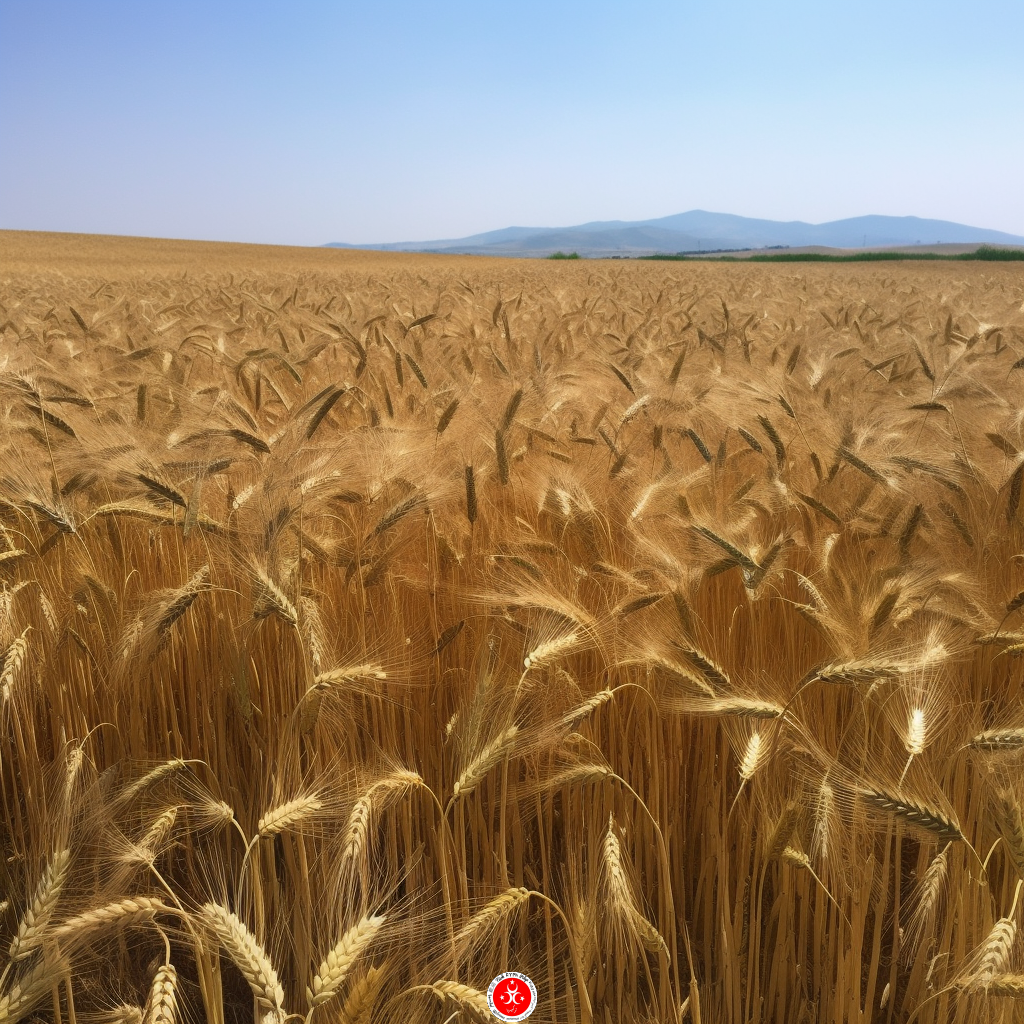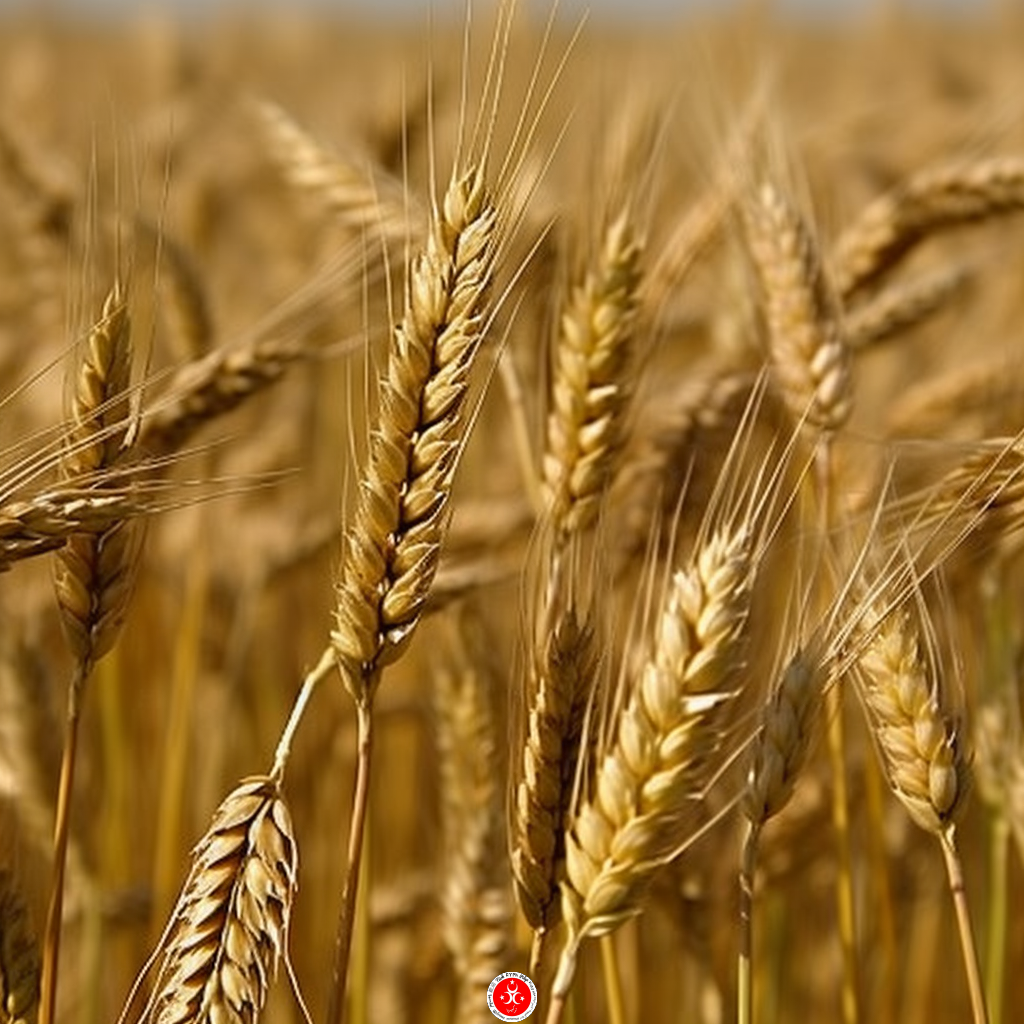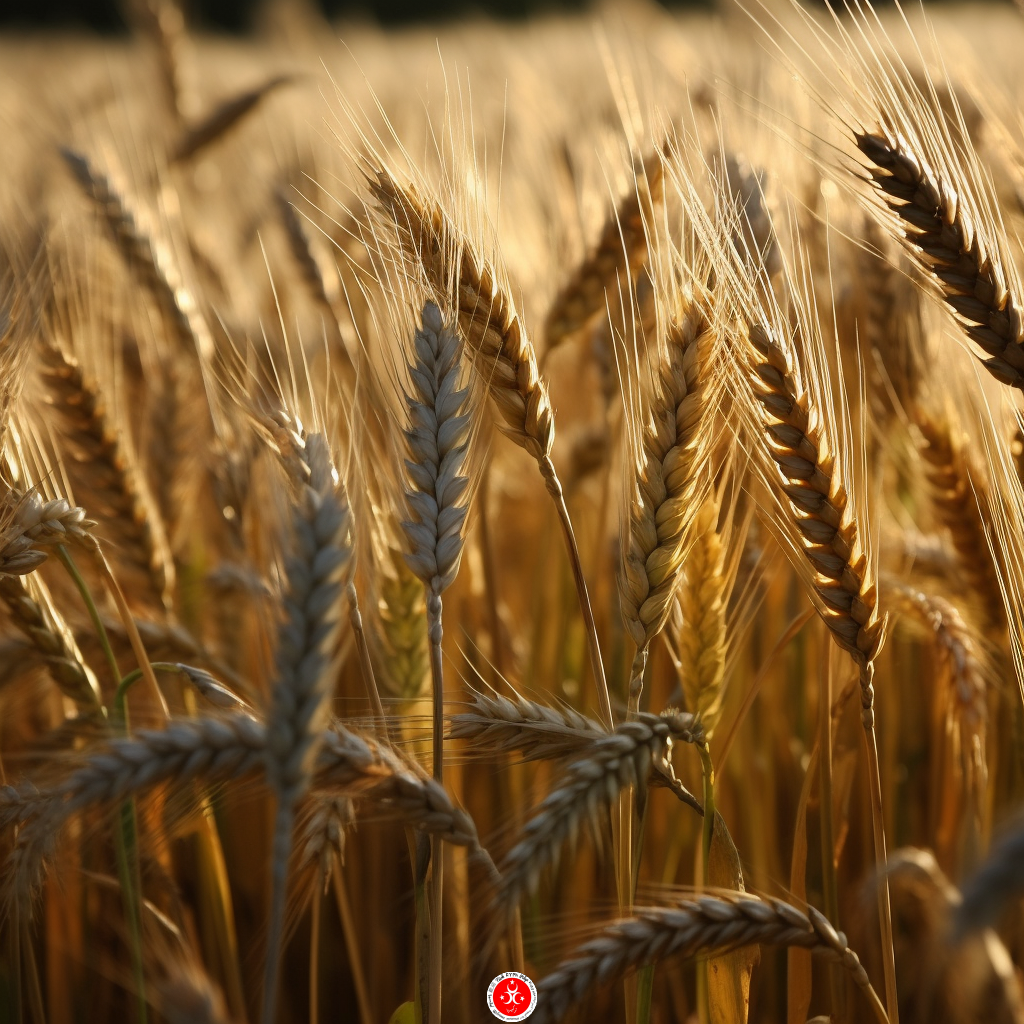Table of Contents
Discover the rich variety of wheat types grown in Turkey, their unique characteristics, and how they contribute to the country’s culinary traditions and agricultural landscape.
In this article, we’ll journey through the rolling fields of Turkey to explore the various types of wheat grown in this fascinating country. We’ll delve into their unique characteristics, where they’re grown, and how they contribute to Turkey’s culinary scene. So buckle up and get ready for a wild wheat adventure!

Introduction
Wheat, the golden treasure of the fields, has been a staple in human diets for thousands of years. Turkey, a country with a rich history and diverse agricultural landscape, is no exception. Known for its unique and flavorful cuisine, the types of wheat in Turkey play a significant role in shaping the nation’s culinary traditions. From the hearty Anatolian breads to the delicate pastries, wheat is an essential ingredient in countless Turkish dishes.
A Flourishing Landscape: The Regions Where Wheat Grows in Turkey
Turkey’s diverse climate and geography create the perfect environment for growing a wide range of wheat varieties. Here are some of the most important wheat-producing regions in Turkey:
- Central Anatolia: Known as Turkey’s “breadbasket,” Central Anatolia is the largest wheat-producing region in the country. The area’s fertile soil and relatively dry climate make it ideal for growing hard wheat varieties, such as durum wheat.
- Southeastern Anatolia: This region’s warm climate and fertile plains provide optimal conditions for growing soft wheat varieties, like einkorn and emmer.
- Thrace: Situated in the European part of Turkey, Thrace is another significant wheat-producing region. Its temperate climate and fertile soil support the cultivation of both hard and soft wheat varieties.

Types of Wheat in Turkey
Now that we’ve explored the regions where wheat grows in Turkey, let’s dive into the various types of wheat cultivated throughout the country:
Durum Wheat: The Anatolian Delight
- Grown predominantly in Central Anatolia
- High in protein and gluten
- Used to make pasta, bulgur, and some traditional breads
Durum wheat is Turkey’s pride and joy. With its high protein and gluten content, it’s perfect for creating chewy, satisfying pasta and hearty, flavorful bread. You’ll often find it in dishes like manti (Turkish dumplings), kısır (bulgur wheat salad), and pide (Turkish flatbread).
Einkorn: The Ancient Grain
- One of the oldest cultivated wheat varieties
- Grown primarily in Southeastern Anatolia
- Low in gluten and high in nutrients
- Used to make bread, porridge, and other traditional dishes
Einkorn wheat is a true relic of the past. This ancient grain has been cultivated in Turkey for millennia and is still used today in traditional dishes. With its low gluten content and high nutritional value, einkorn is an excellent choice for those with gluten sensitivities or looking for a healthier alternative to modern wheat varieties.
Emmer: The Versatile Wheat
- Another ancient grain, similar to einkorn
- Grown mostly in Southeastern Anatolia
- Used to make bread, soups, and salads
Emmer wheat is einkorn’s cousin and is another ancient grain with a long history in Turkey. Its versatile nature makes it a popular choice for various traditional dishes, including soups, salads, and bread.
Red Wheat: The Colorful Staple
- Grown in various regions across Turkey
- Known for its reddish color and earthy flavor
- Used in bread-making and other baked goods
Red wheat, with its distinctive hue and earthy flavor, adds a splash of color to Turkey’s wheat landscape. This variety is commonly used in bread-making and other baked goods, lending a unique taste and appearance to traditional Turkish fare.
Read also: Ministry of Agriculture in Turkey
Spelt: The Nutty Treasure
- Grown in limited quantities in Turkey
- Known for its nutty flavor and high nutritional value
- Used to make bread, pasta, and other dishes
Though not as widely cultivated as the other types of wheat in Turkey, spelt is a valuable grain with a delicious nutty flavor and impressive nutritional profile. Its versatility makes it a fantastic ingredient in various dishes, from bread and pasta to salads and stews.

FAQ: Your Wheaty Queries Answered
Q: What is the most common type of wheat in Turkey
A: Durum wheat is the most common type of wheat cultivated in Turkey, particularly in the Central Anatolian region.
Q: Are ancient wheat varieties still grown in Turkey
A: Yes, ancient wheat varieties like einkorn and emmer are still grown and consumed in Turkey, primarily in the Southeastern Anatolian region.
Q: How does the type of wheat affect Turkish cuisine
A: The types of wheat in Turkey greatly influence the texture, flavor, and nutritional content of various dishes, from hearty bread and pasta to delicate pastries and salads.
Q: Is Turkey a significant exporter of wheat
A: Turkey is a notable wheat producer and exporter, particularly of durum wheat, which is sought after for its high protein and gluten content.
Conclusion: The Golden Fields of Turkey
Turkey’s diverse landscape and rich agricultural traditions have given rise to a remarkable variety of wheat types. From the robust durum wheat of Central Anatolia to the ancient grains of einkorn and emmer in Southeastern Anatolia, the types of wheat in Turkey play an essential role in shaping the nation’s culinary identity.
As you savor a steaming bowl of manti or bite into a warm slice of pide, remember the golden fields of Turkey and the hardworking farmers who cultivate these versatile grains. No matter which type of wheat you prefer, Turkey’s bountiful harvest offers something for everyone to enjoy.

